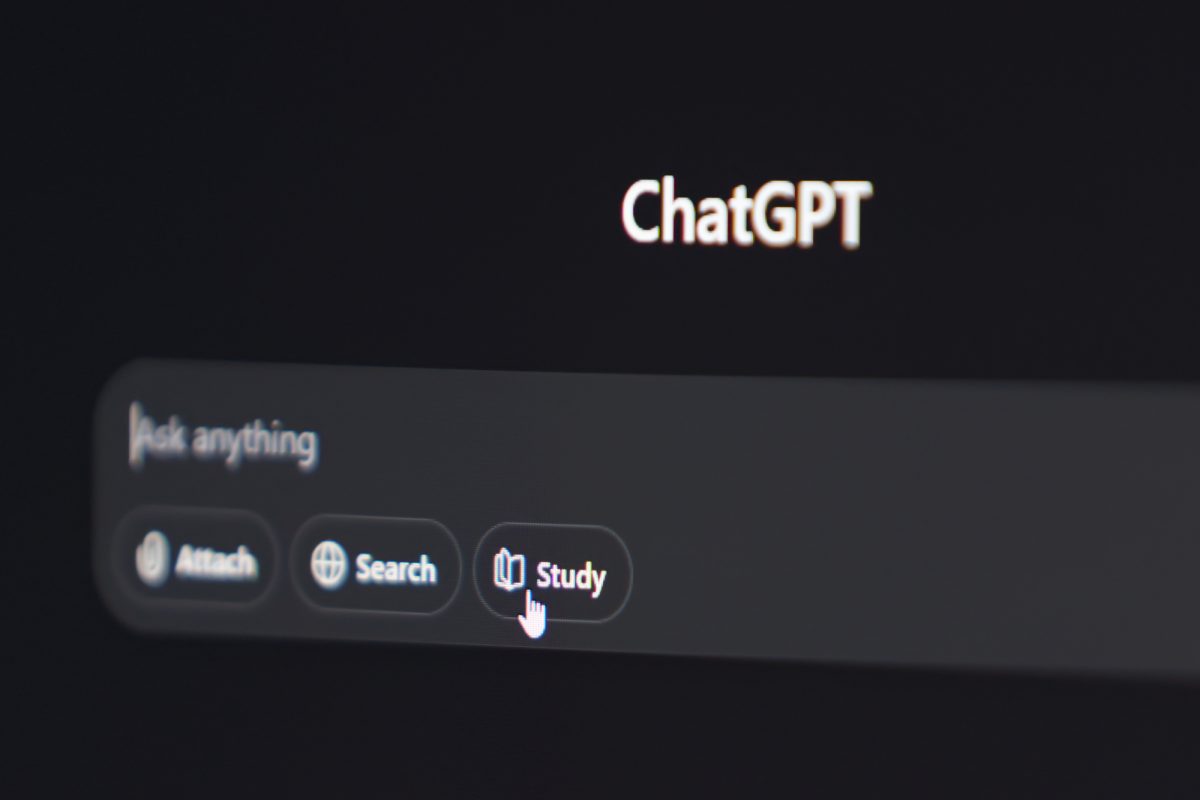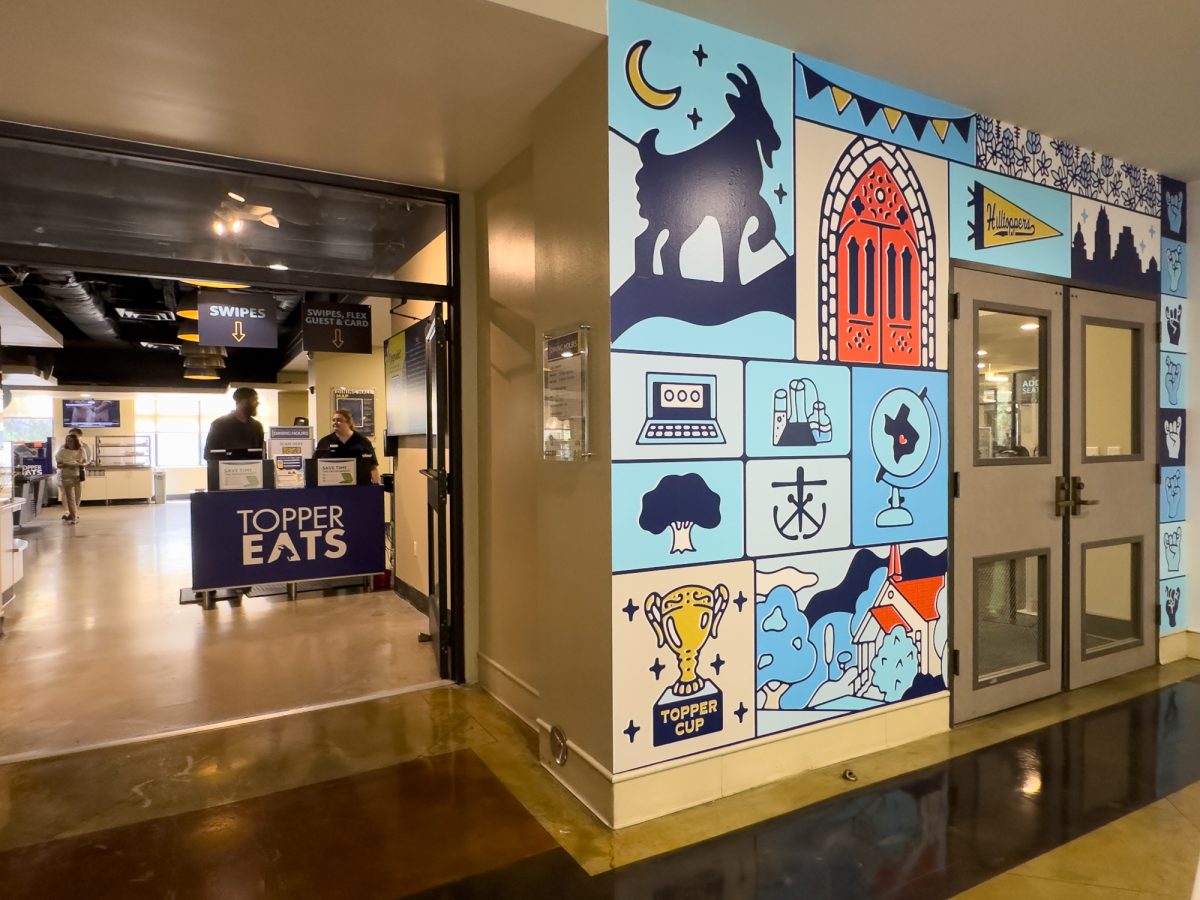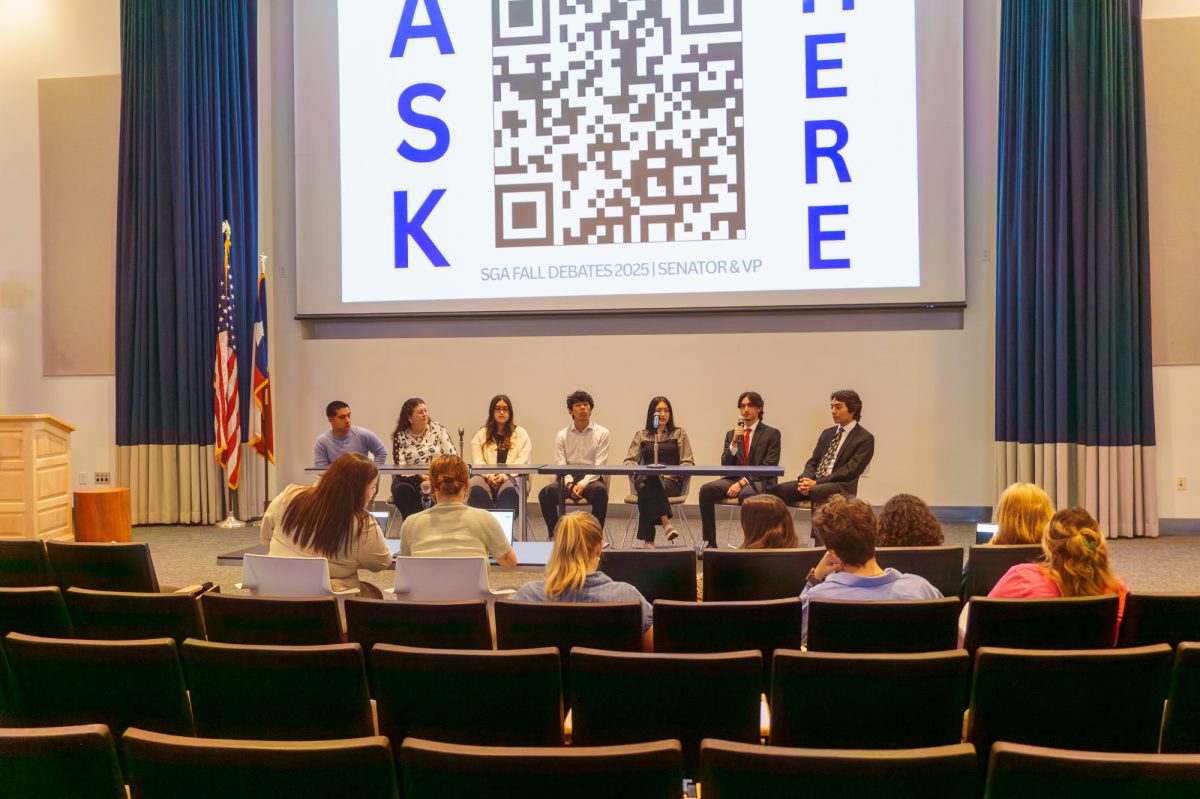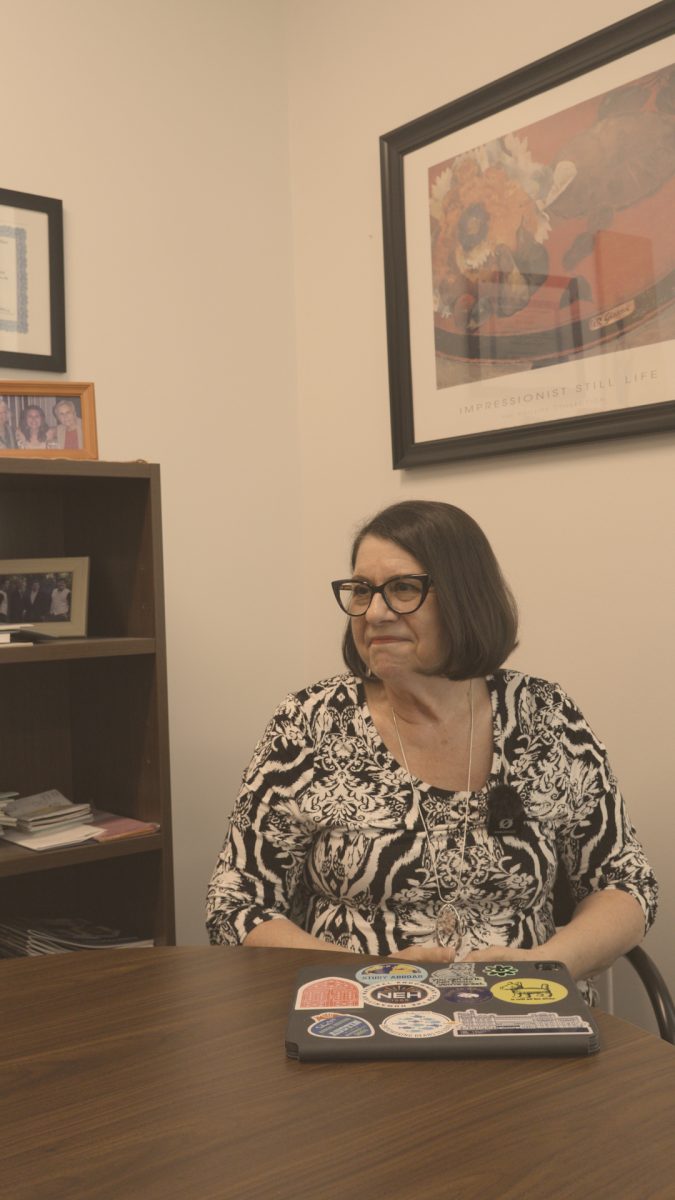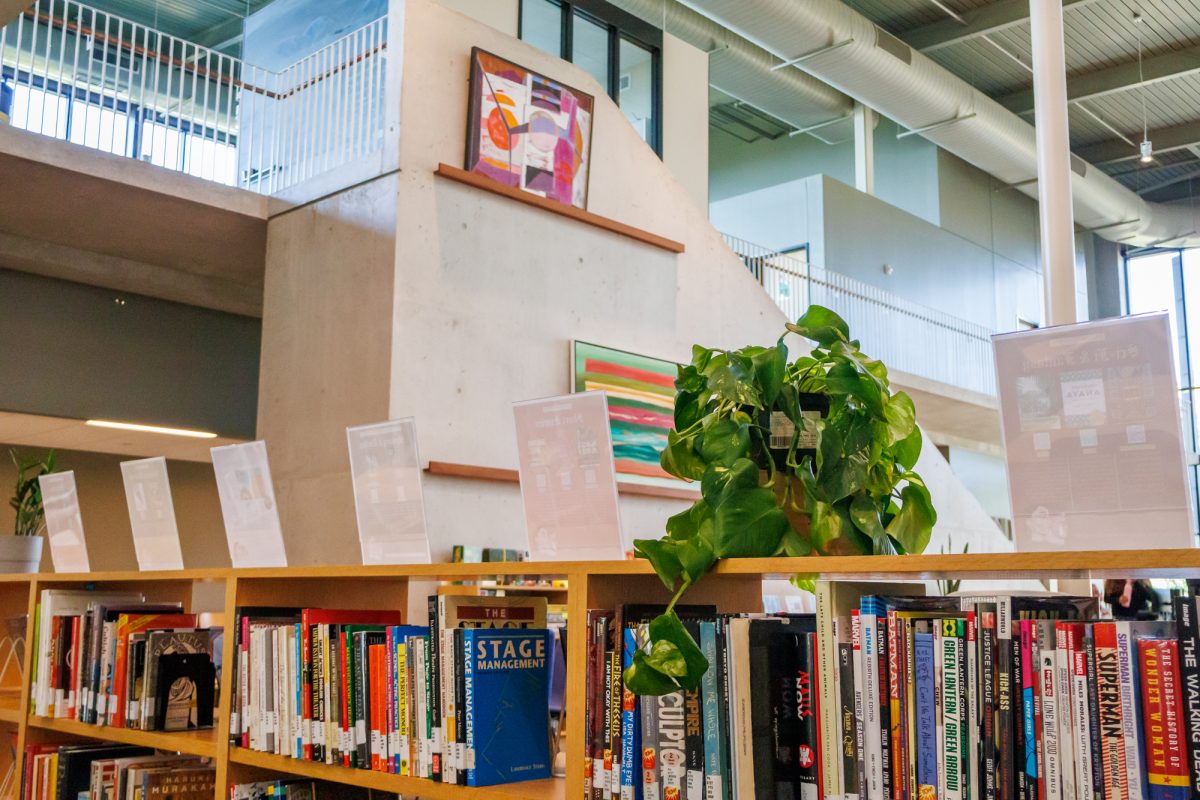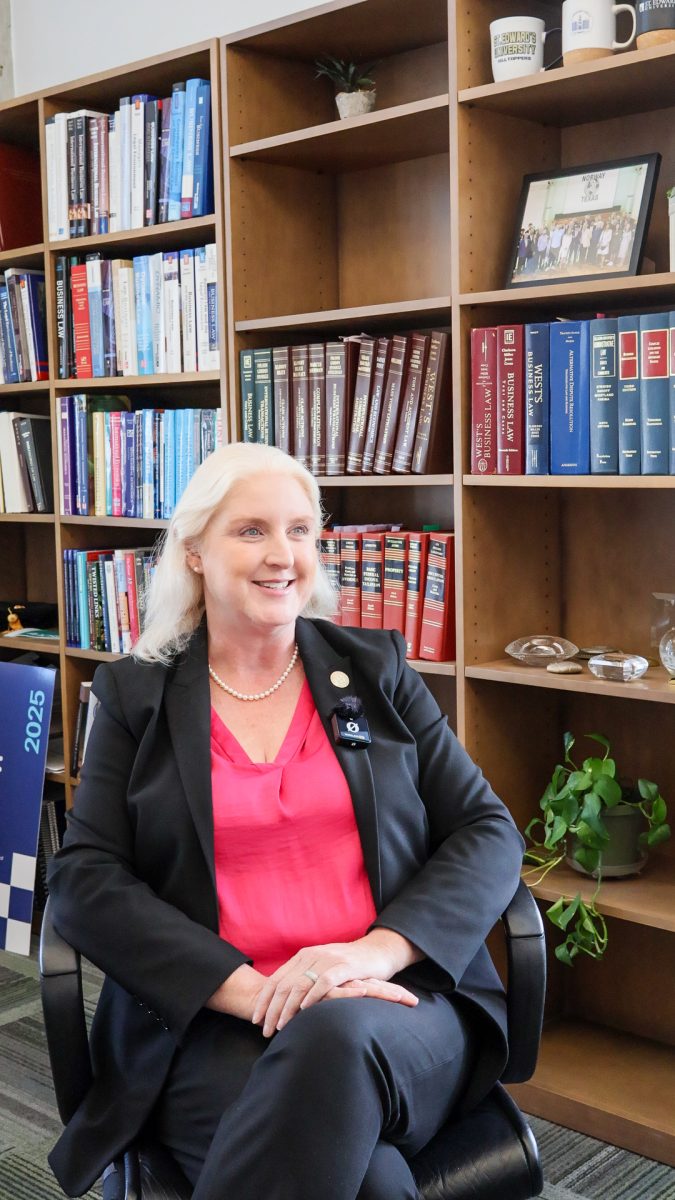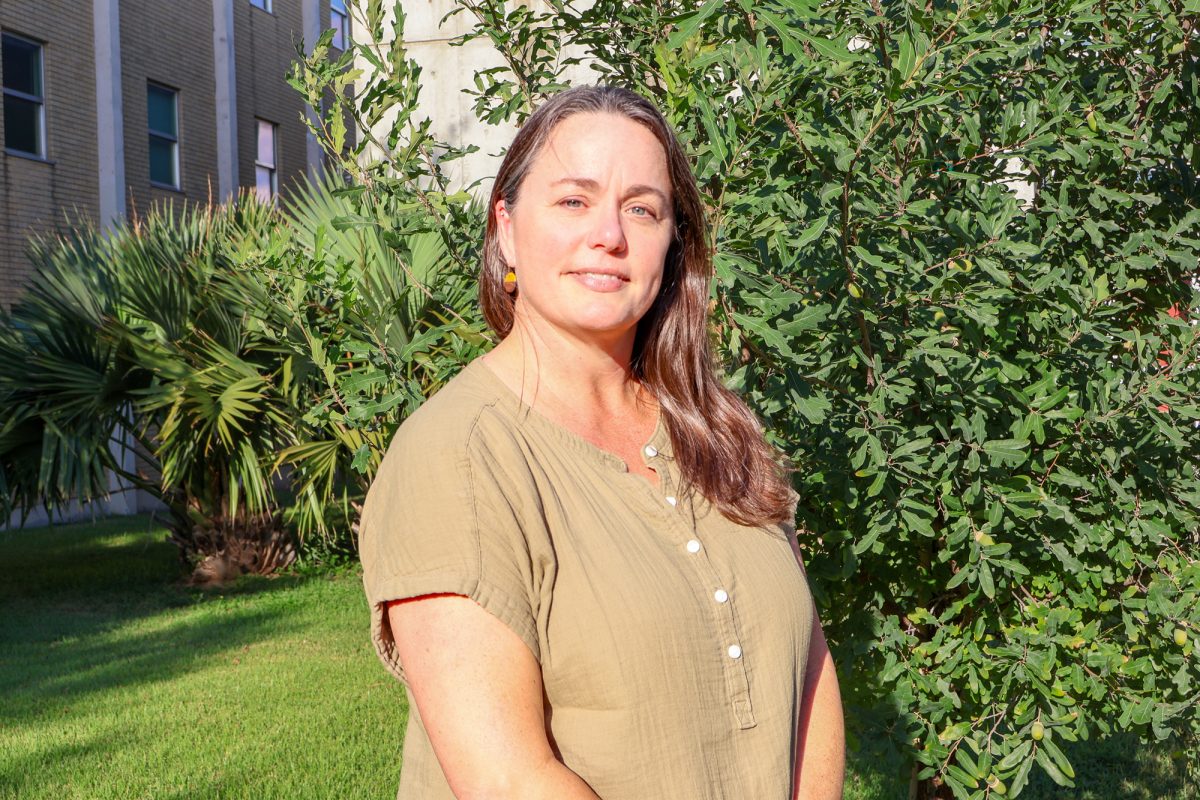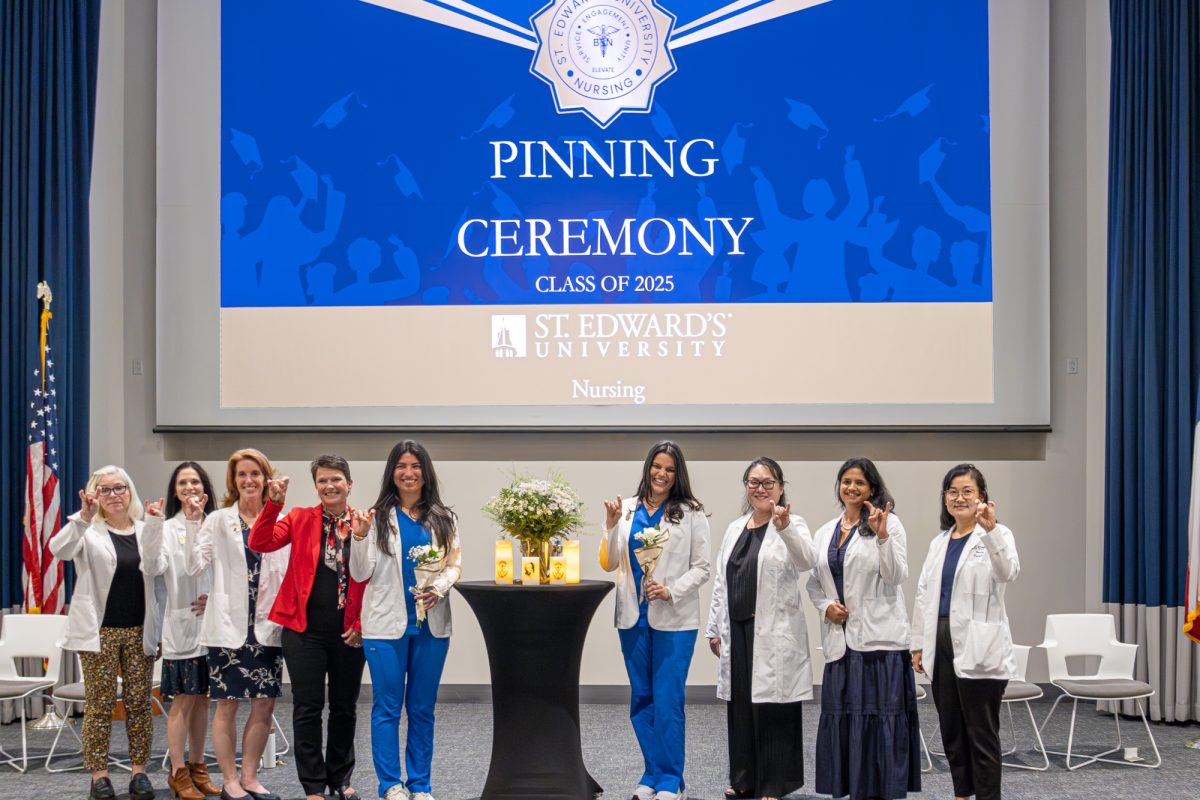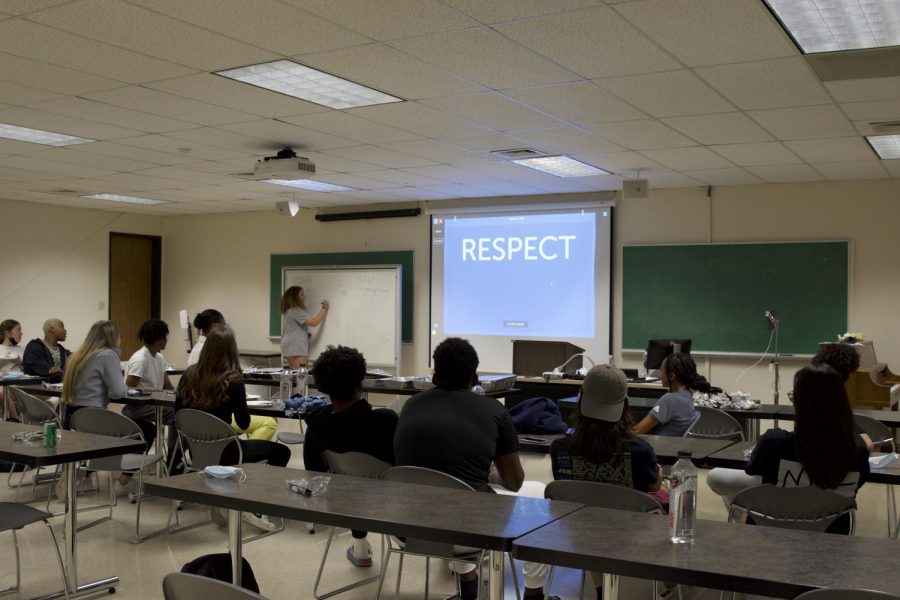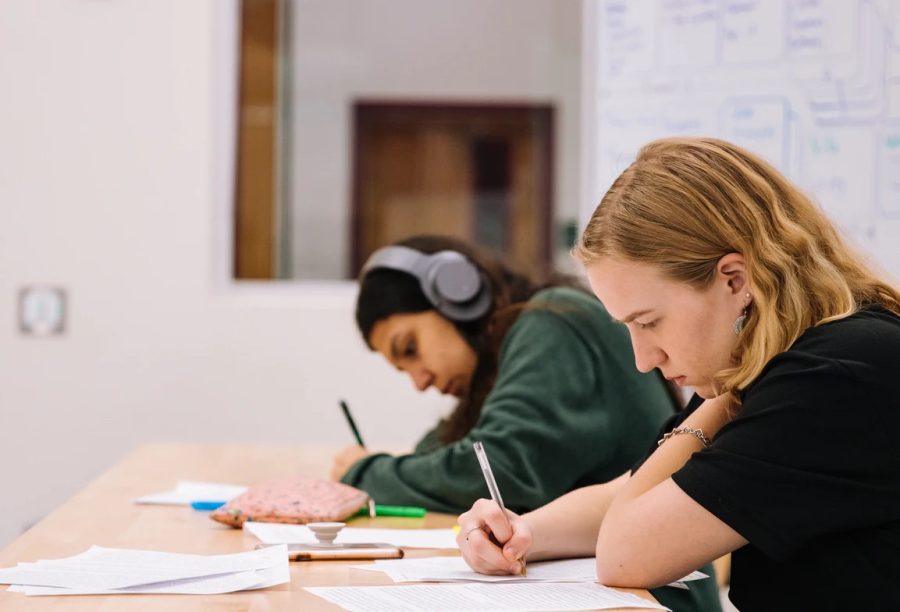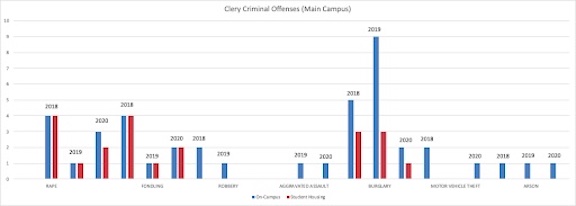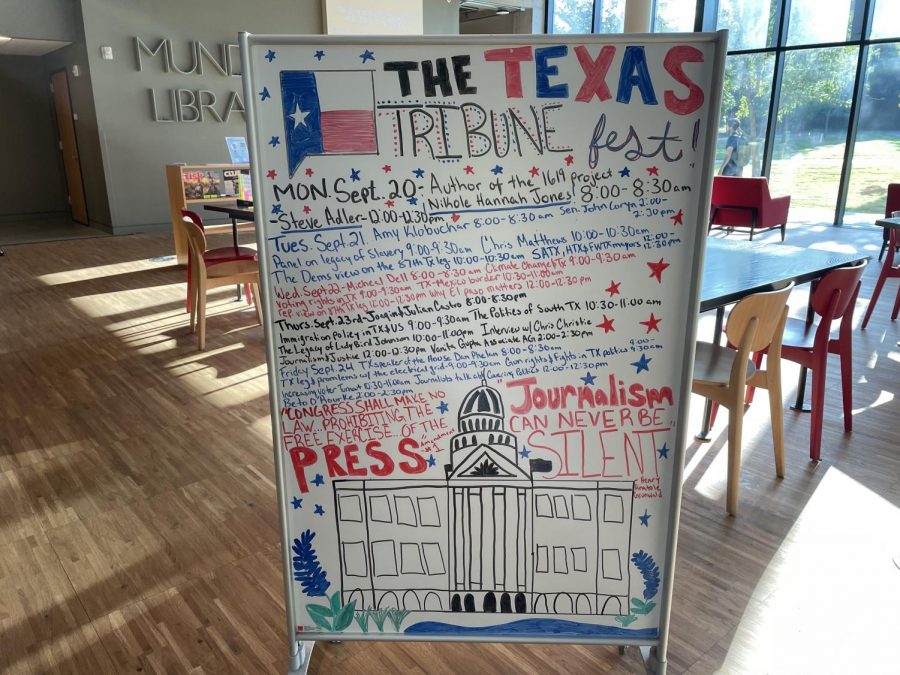Unlike other Austin-area schools that impose uniform restrictions on artificial intelligence use in the classroom, St. Edward’s University allows individual professors to determine AI policies for their courses, a decision faculty members say reflects academic freedom and expertise.
The approach contrasts with many rigid, one-size-fits-all guidelines adopted by other local educational institutions as educators across the nation grapple with AI’s rapid integration into everyday life.
“Why is it important for professors to have that kind of academic freedom? Because every professor is an expert in a tiny, tiny piece of a field,” said Gentry Atkinson, a computer science professor who teaches AI algorithms from introductory to advanced levels. “We trust our professors to understand the environment they’re working in.”
The decentralized approach has created varying classroom experiences. Writing and rhetoric professor Drew Loewe incorporates AI into select assignments, requiring students to disclose how they used the technology. He notes seeing improvement in student performance.
“I think educators need to learn to build their own tools, some of which I’ve done, that are programmed in ways that never give an answer,” Loewe said. “It keeps asking questions, working with them, making them think and develop.”
English literature professor Brian Sheerin takes a different approach to AI in his courses, viewing them as counterproductive to his teaching goals.
“I think for the kinds of classes I have, AI is not really the most appropriate tool,” Sheerin said. “It kind of defeats the whole point of what I’m trying to teach, which is creative thought, creative expression and critical thinking.”
Sheerin dove deeper into how AI is able to mimic human functions, yet explained how he believes it still lacks substance as an art form.
“AI can do a pretty good job at analyzing a piece of literature,” he said. “But the thing is, the point isn’t just to have that end result. I don’t care what the analysis is at the end of the day, I care about learning how to do the analysis. AI can generate a painting for you and it’ll look better than anything you can do. But that’s not the point, the point is to build the skills of painting yourself, even if the end results don’t look very good.”
Atkinson believes that the controversy surrounding AI is just like any other new, state-of-the art technology we have been introduced to in the past.
“No one being angry about the internet made the internet go away, right?” he said. “It was there, it was something that had to be incorporated into every classroom because it was something that was immediately incorporated into every workplace.”
The debate comes as AI tools like Chat GPT and Claude become increasingly accessible through free subscriptions, with paid versions offering more advanced capabilities. While AI is heavily restricted in education sectors in the United States, this isn’t the case in countries like China, where AI is commonly used in universities.

